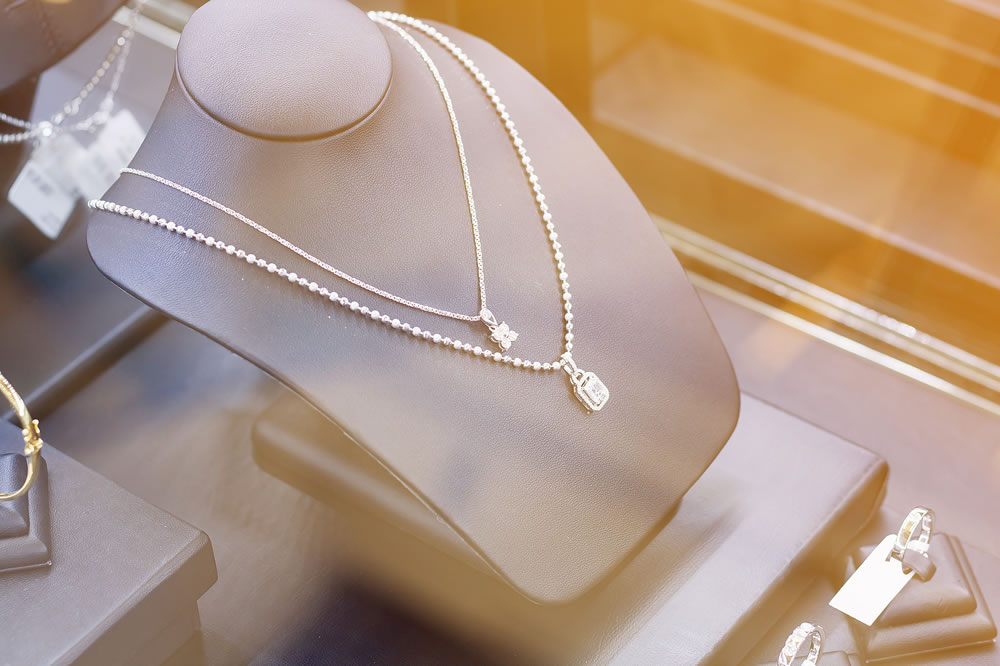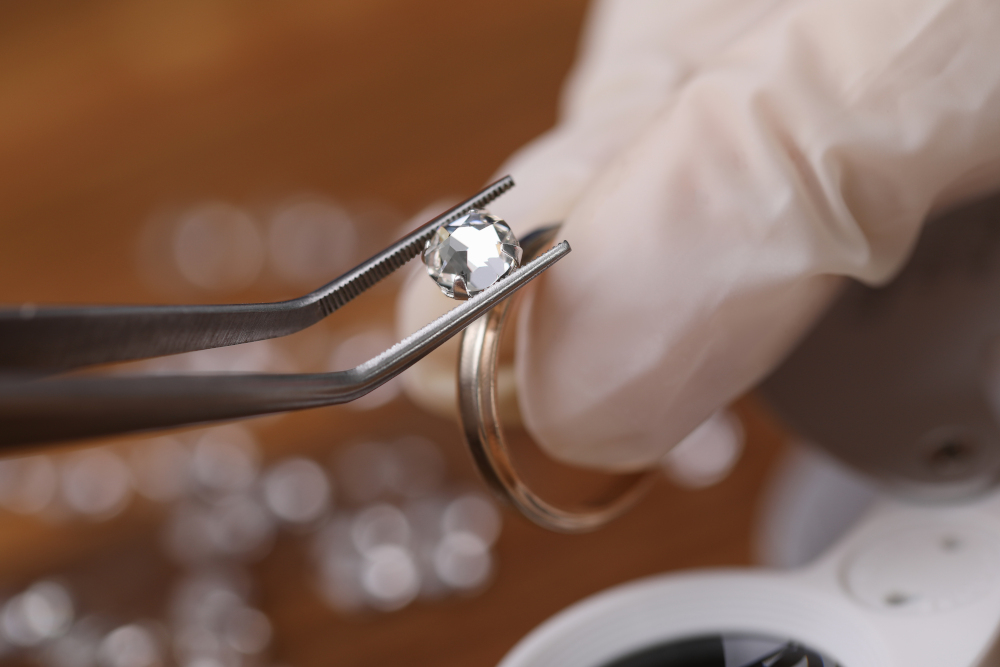Few can resist the sparkle of a spectacular diamond, and there’s a reason they have long been referred to as a girl’s best friend. But while the rarity and uniqueness of a natural diamond is something quite special to behold, lab-grown diamonds are fast becoming a more popular alternative to mined diamonds that may harm the environment.
Meticulously developed in laboratories by skilled experts, even highly-trained gemologists find it almost impossible to distinguish between these two types of sparklers. But why, if you can have a diamond mined from the earth, would you opt for a lab-grown alternative instead?
As it happens, there are plenty of reasons. On average, lab-grown diamonds cost between 20 and 50 per cent less than their traditionally-mined counterparts – and even affluent buyers for whom money is no object are finding themselves tempted. The chance to own a larger diamond, or a nicer setting, for a lower price will always be an attractive one – but when even the highly-trained eye can’t tell the two types apart, it’s easy to see why for some, lab-grown diamonds have become the obvious choice.

Physically and chemically, they look identical to more traditionally mined diamonds and are made by treating tiny fragments of existing diamonds at high temperatures and under high pressure. The result is a beautiful synthetic diamond that wouldn’t look out of place on any celebrity engagement ring or as part of an enviable red carpet ensemble. Many A-listers already have sported them at high-profile premiers and events.
While traditional diamonds, which are essential minerals composed of pure carbon, are often considered the more ‘natural’ choice, the truth about how they are sourced isn’t as clear-cut. One hundred square feet of land is required, and 2.7 tonnes of natural waste is created – which is a lot for just one precious gemstone.
The process frequently sees miners suffering from injuries due to the nature of the work. In some countries, the trade is even associated with labour exploitation and slavery- whereas choosing lab-grown diamonds instead means you have complete transparency as to how and where your diamond was created and gives you peace of mind from an ethical standpoint.
When we’re becoming increasingly conscious of what we’re buying and how it is sourced, it’s easy to see why lab-grown diamonds are experiencing such a surge in popularity. Despite only having burst onto the fine jewellery scene over the past few years, they are already viewed as favourable alternatives. The fact that each one contains traces of natural diamond means that it will always be valuable – although just how well it will hold that perceived worth when compared with traditionally-mined diamonds, only time will tell.

Today, lab-grown diamonds are an option offered by most high-end jewellers, so it’s up to you, as the buyer, to decide which type you want to go with. It’s possible to have engagement rings, necklaces, and earrings all custom-made to suit your requirements, but asking to see a selection of both lab-grown and traditionally-mined jewellery, side by side, will allow you to compare the two for yourself visually. Ask them not to tell you which is which, and see if you can tell the difference – you might just be surprised at how similar they really are.
If your heart is already set on a mined diamond, you can do a few things before you buy to put your mind at rest. By shopping around and asking your shortlisted jewellers to provide information on how and where their diamonds are sourced, you can make your decision with clarity – and reputable sellers will likely have strong ethics of their own in this respect, too.
Ultimately, there is always a choice, so take some time to research your options, and you’re guaranteed to leave happy. With a massive sparkler on your finger or around your neck, it’s difficult not to, and knowing it’s the right one for you makes this even more the case.





















